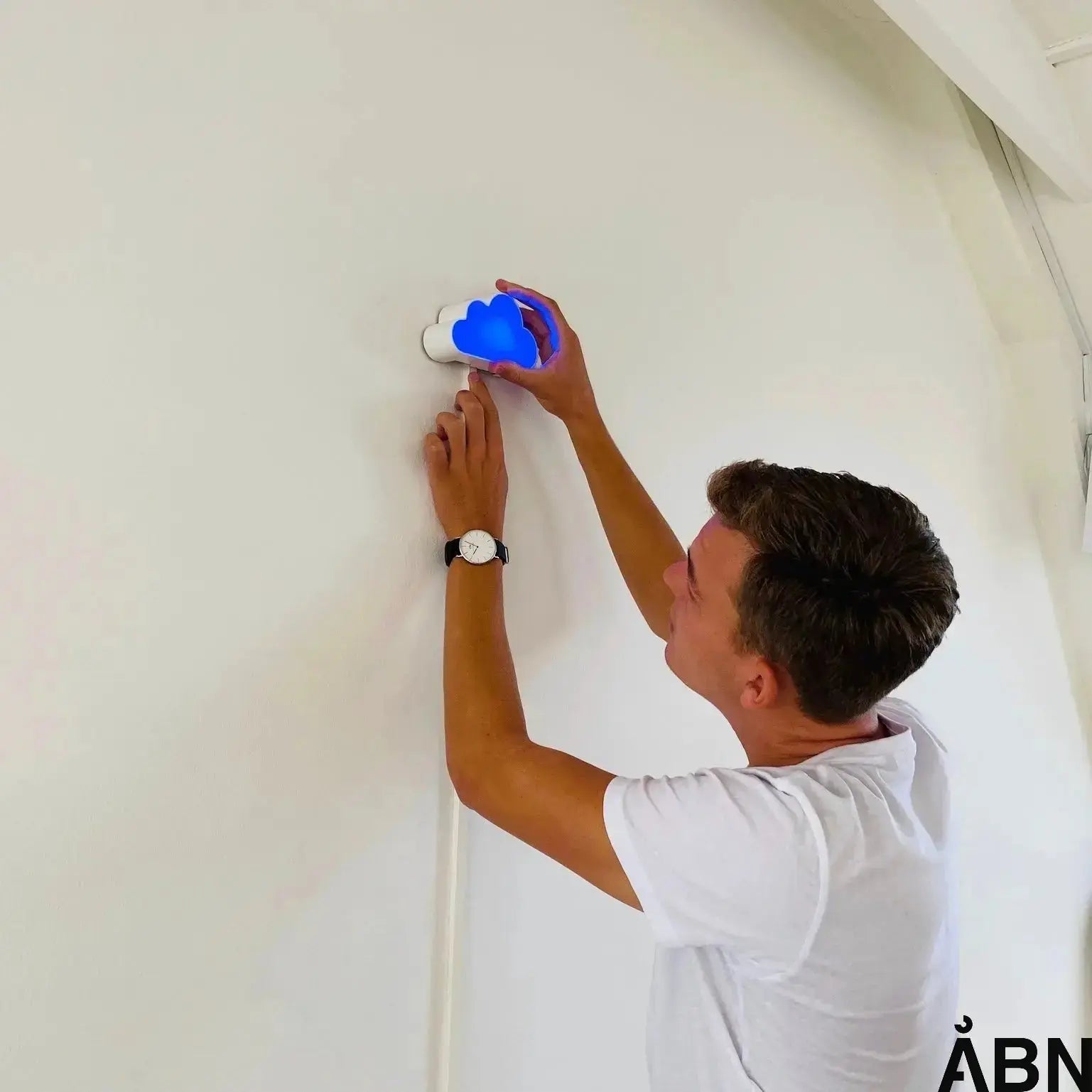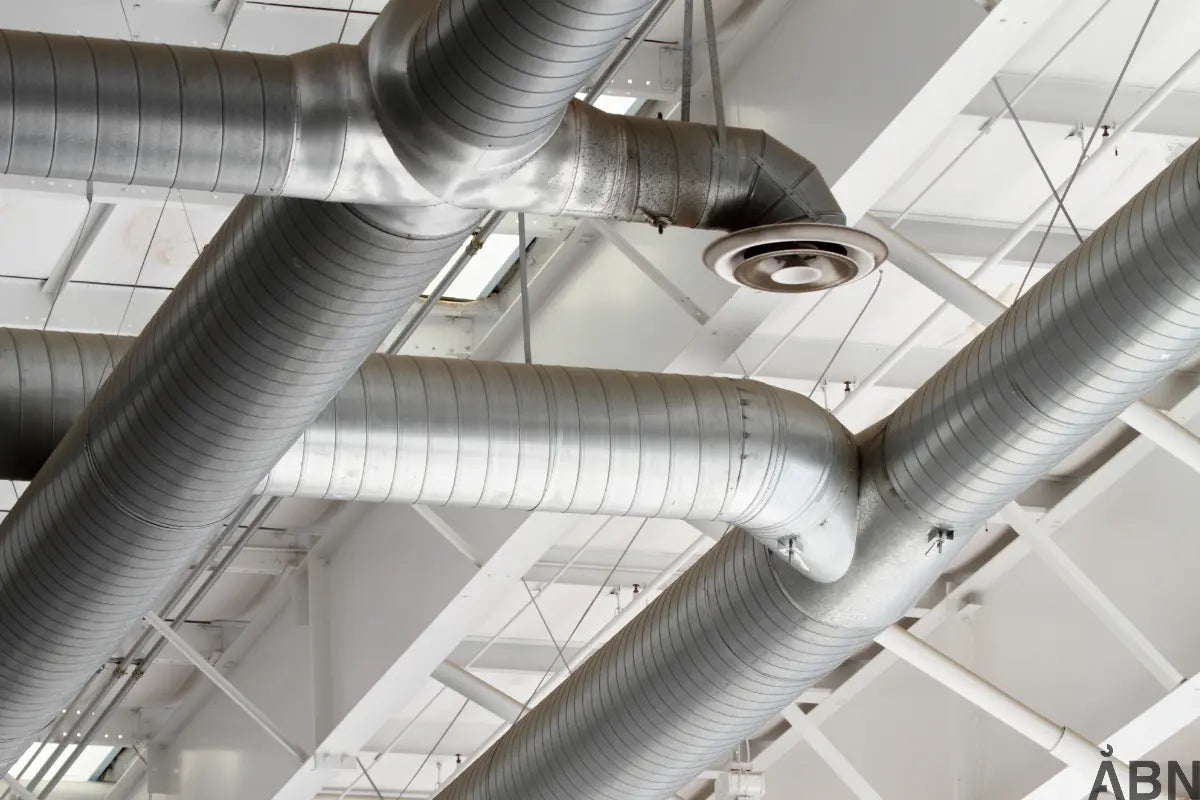A good indoor climate is not just about fresh air – it is also closely linked to energy consumption. Many people mistakenly believe that achieving a healthy indoor climate requires high energy costs, but the truth is that the two can go hand in hand. In this blog post, we delve into how you can optimize both indoor climate and energy, so you create a healthy environment without breaking the energy budget.
Why is a good indoor climate important?
A poor indoor climate can lead to headaches, fatigue and difficulty concentrating – and in the worst case, result in illnesses due to poor air quality, humidity and mold. Studies show that children in schools with poor ventilation have up to 10% lower learning ability, and employees in offices with high CO₂ levels perform significantly worse.
Energy consumption and indoor climate – myths and realities
There is a widespread misconception that a good indoor climate always means higher energy consumption. In fact, intelligent solutions can reduce energy consumption while improving air quality. According to CONCITO, well-insulated buildings with efficient ventilation can lead to both energy savings and a significantly better indoor climate.
How to optimize both indoor climate and energy
-
Use energy-efficient ventilation solutions
- Modern ventilation systems with heat recovery can ensure fresh air without wasting heat.
- Modern ventilation systems with heat recovery can ensure fresh air without wasting heat.
-
Take advantage of natural ventilation
- Strategic placement of windows and ventilation at the right times can reduce the need for mechanical ventilation. At ÅBN, we have helped several municipalities reduce ventilation costs - especially in the summer months - by optimizing natural ventilation. In several municipalities, we have even been able to maintain a good indoor climate even though the ventilation is turned off from May to September. This leads to large energy savings.
- Strategic placement of windows and ventilation at the right times can reduce the need for mechanical ventilation. At ÅBN, we have helped several municipalities reduce ventilation costs - especially in the summer months - by optimizing natural ventilation. In several municipalities, we have even been able to maintain a good indoor climate even though the ventilation is turned off from May to September. This leads to large energy savings.
-
Automate indoor climate control
- With sensors and intelligent systems like SKYEN+, you can get real-time data on air quality and energy optimization.
- With sensors and intelligent systems like SKYEN+, you can get real-time data on air quality and energy optimization.
-
Choose energy-efficient building materials
- Materials with high heat storage capacity can reduce temperature fluctuations and minimize the need for heating and cooling.
- Materials with high heat storage capacity can reduce temperature fluctuations and minimize the need for heating and cooling.
-
Reduce unnecessary energy sources
- Electrical appliances that emit heat can increase the need for cooling – so choose energy-efficient solutions.
Case: Schools and indoor climate
Many Danish schools suffer from poor indoor climates, where high CO₂ levels and poor air quality affect students' well-being and learning. According to DTU, an investment in better ventilation can not only improve health, but also reduce energy consumption and provide a socio-economic benefit in the long term.
The indoor climate and energy of the future
With a focus on sustainability and energy savings, it is necessary to think smartly when designing the buildings of the future. Technological solutions such as automatic ventilation, CO₂ monitoring and heat recovery will be crucial to creating energy-efficient buildings with a healthy indoor climate.
Conclusion
It is possible to achieve a good indoor climate without increasing energy consumption – it just requires the right solutions. By investing in energy-efficient ventilation solutions, monitoring and conscious behavior, we can create healthy environments that are also sustainable and economically sensible.
Would you like to know more about how you can optimize your indoor climate and energy? Contact us today and get advice on the best solutions for your building.









